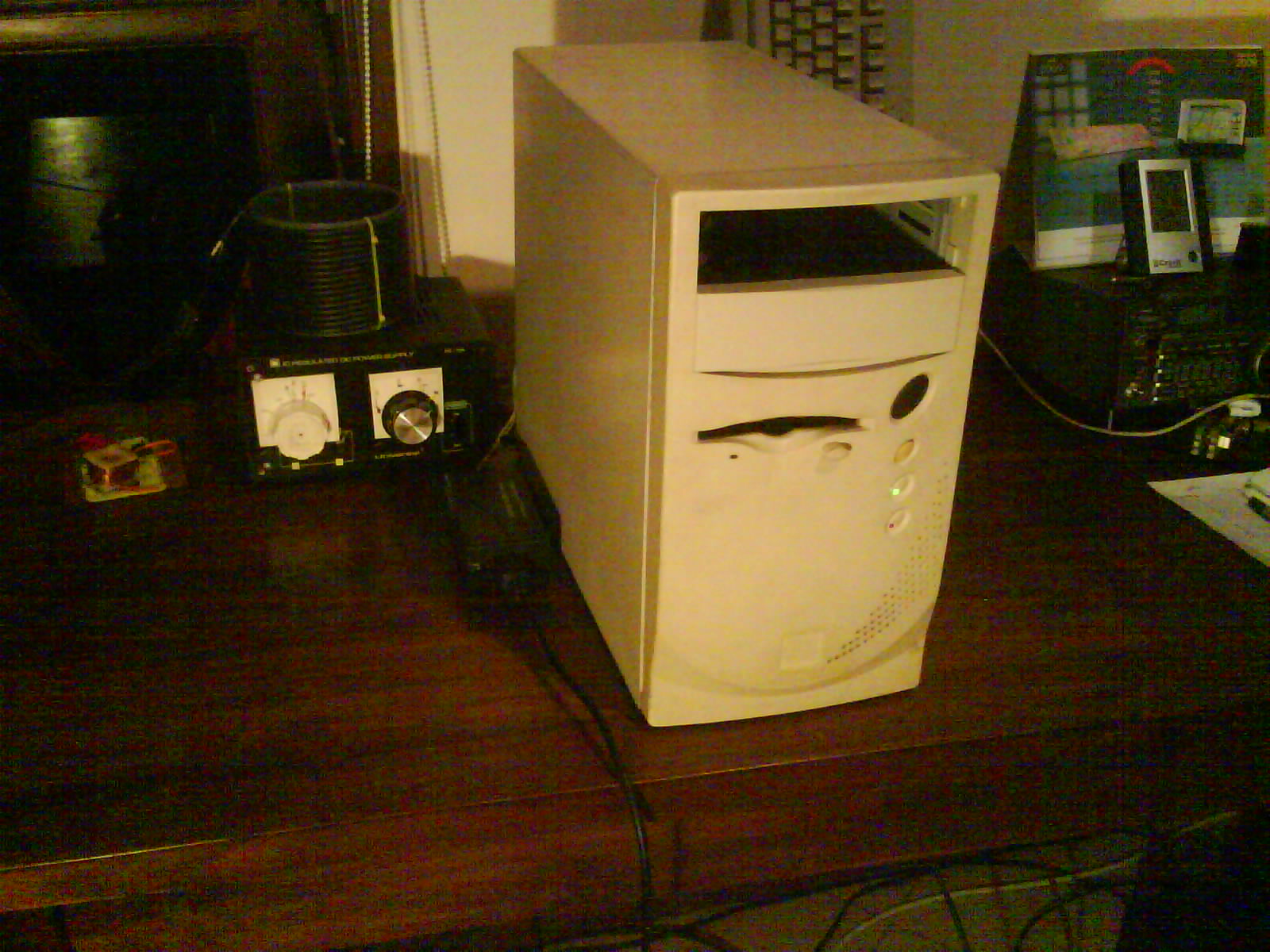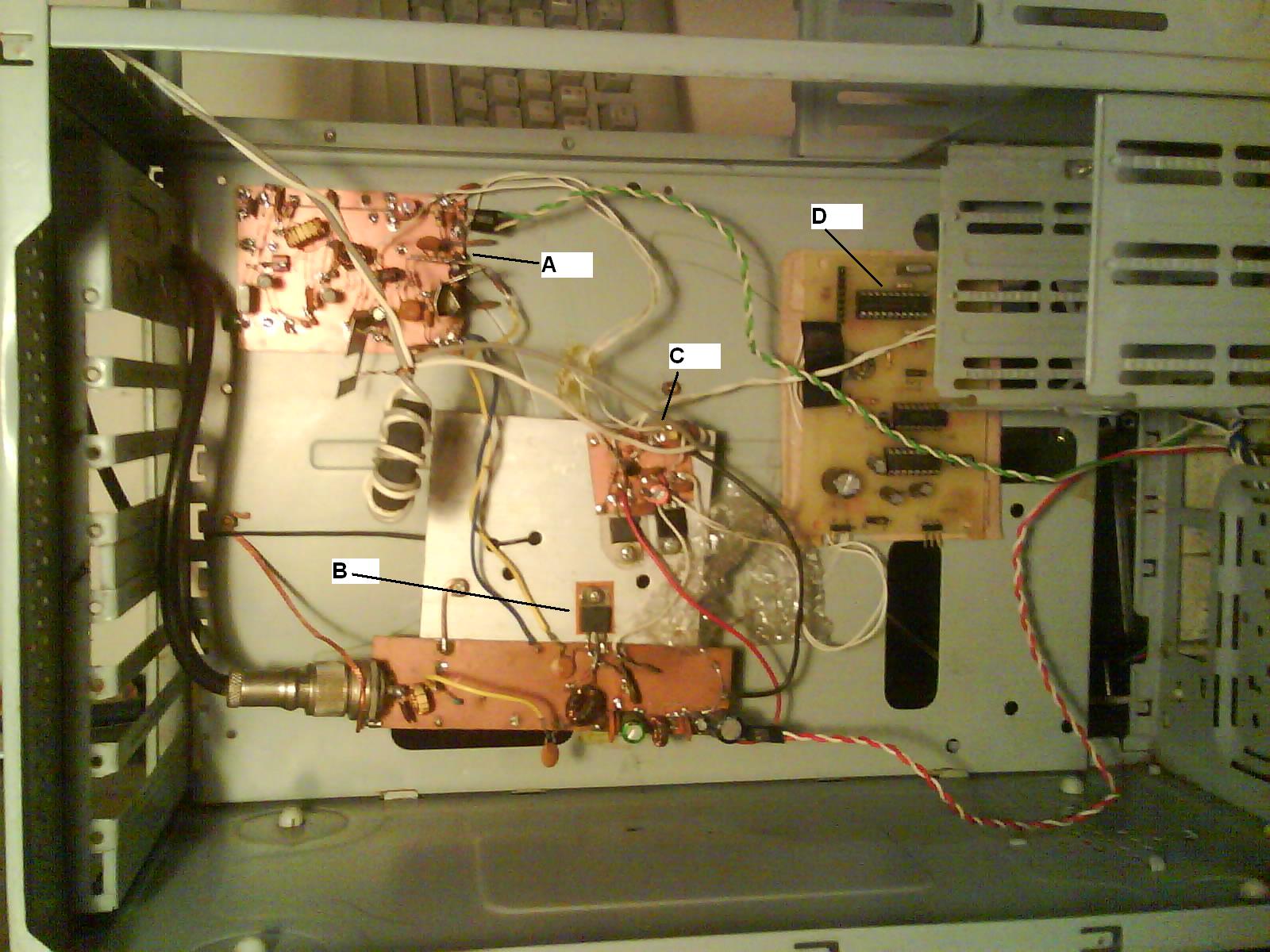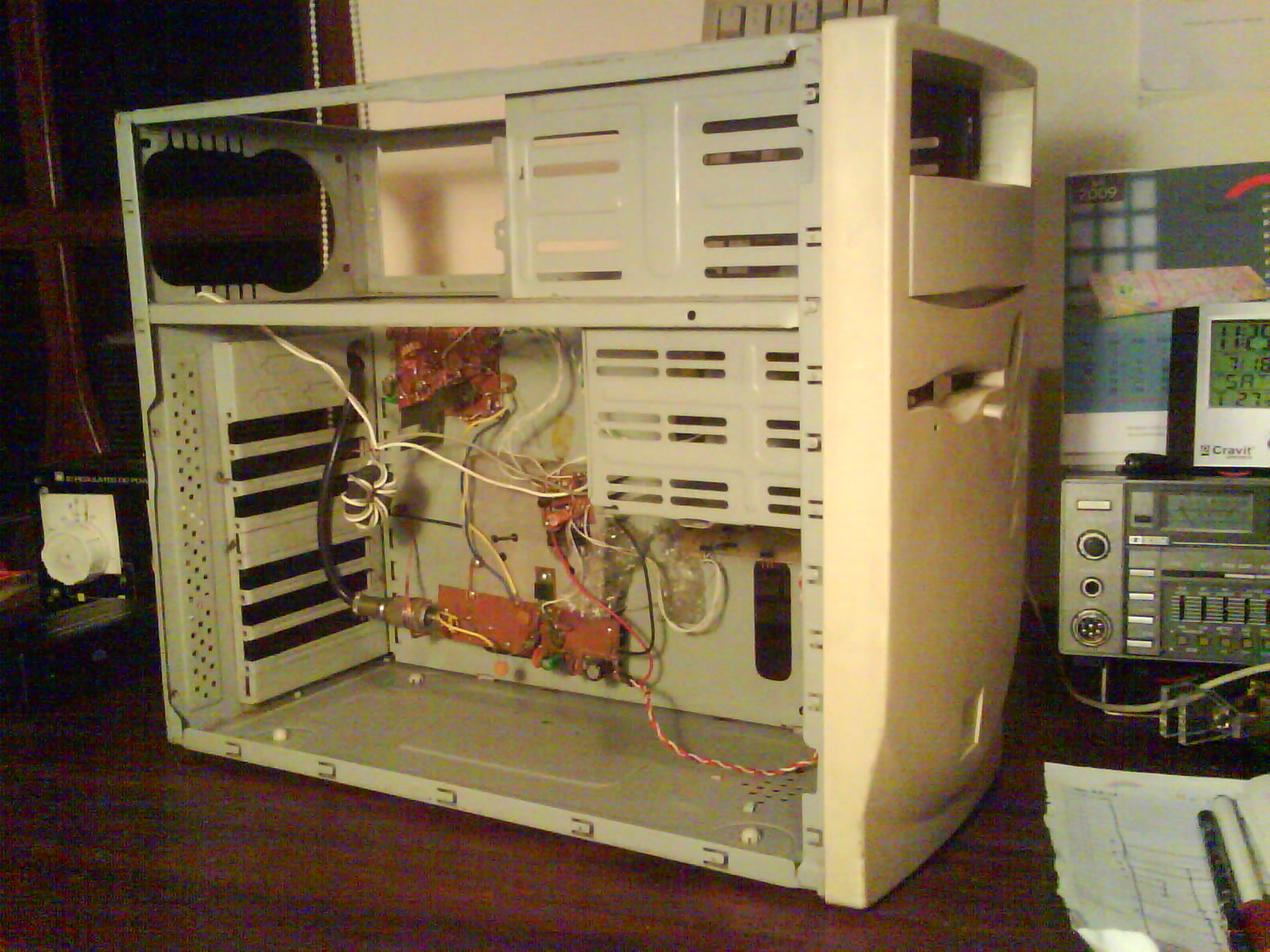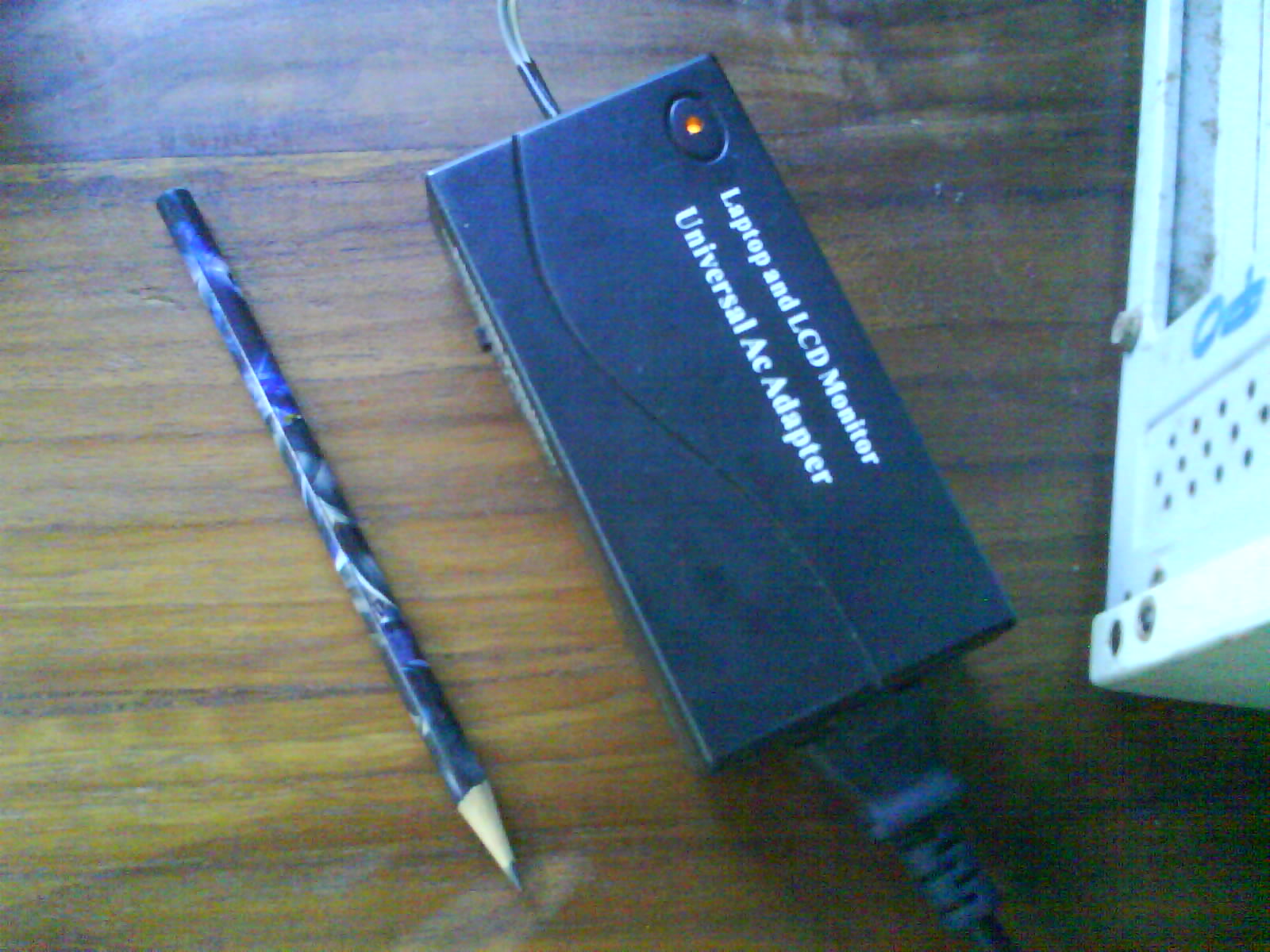
Welcome to my radio beacon page. The following is the beacon information:
| Callsign: | YB9BWN |
| Gridsquare: | OI71oh |
| Beacon: | Homebrew crystal-based with IRF510 PA at 2W into a dipole, controlled by a MC68HC908JK3 CPU. |
Reception report can be sent via email to kwiadnyana (at) yahoo (dot) com. SWL reception QSL card can be sent to the address shown on qrz.com.
Latest update as of Dec 12, 2010: The YB9BWN Beacon operating at 28.224 MHz is currently off-line. I am sorry to bring this news to you as the main radio station YB9BWN is being relocated to VK2. After running for 4 years through the bottom of the lowest solar cycle in recorded history, the beacon has succumbed not to electronics failure, but to changing times. The relocation also has a direct impact on the YB9BWN amateur radio license. At this point I am unable to provide any future plans as to when the beacon will be brought back to operation. Two options are available; one is to relocate to a club station nearby (belongs to the provincial amateur radio society -- this requires a lot of time), or another option is to run this station on my father's license, YC9EZG (this is a simpler approach).
The radio beacon begins operation on October 23, 2006. Recently in mid-June 2009, the AT power supply that provides 12V supply failed. The failure is caused by, according to witnesses, voltage fluctuations from the state owned electricity company who is the monopoly of power provider. Repairs are done in mid July 2009. The power supply is replaced by a generic laptop switching power supply. The choice of a switching supply, instead of a regular linear supply is that the switching supply runs much cooler than a transformer. I believe that the success of more than 2.5 years of 24/7 operation of the beacon is due to the fact that the AT power supply ran without generating much heat, therefore there was less thermal stress on its components. So, the long repairs to the beacon is primarily due to the fact that I had to scrounge one of the old laptop switching supply and repair it first before commissioning it to work.
The work involved in assembling the beacon unit provides a lot of educational exercise, starting from generating enough power to the antenna (2.25 W), providing keying circuitry without too much RF leak into the antenna, to battling RFI coming into the microprocessor circuitry. Interesingly enough, when the new power supply is finally chosen and installed, RFI problem seemed to get worse in the 68HC08 module. A common mode ferrite toroid choke seemed to reduce the problem. Finally, putting the whole unit inside the metal case seems to aleviate the problem entirely.
The following are the photos of the beacon unit, still housed inside an old 486 computer after the repair:
Complete beacon assembly

Component arrangement inside the case.
A - exciter unit consisting of 4 transistors.
B - IRF-510 in the PA unit.
C - Keying circuitry with TIP32 as power switch and 7805 regulator for standby power for the oscillator/buffer transistor.
D - CPU MC68HC908JK3 inside the microprocessor unit.
Right click and select view image for a larger view.

Another view showing the relative positions of the components

The new 12V switching supply

The beacon is a homebrew crystal-based transmitter. In its current form (version 4), it uses a crystal oscillator from the two-transistor Universal QRP Transmitter (found in Doug DeMaw's Solid State Design for the Radio Amateur), and it uses a variation of the VXO-Controlled Transmitter (from the ARRL's 1990 handbook). It has 4 2N2222A transistors, driving a 2N2219A with an IRF510 as a PA. Power output is 2W into a horizontal dipole, pointed Northwest + Southeast from my residence. The objective is to direct as much energy as possible to Europe and Australia. I am hoping that some SWL in Japan will be able to hear it.
The beacon schematic can be found here (sorry, hand drawing only for now).
Thanks for checking out my callsign and I hope to see you again on the air, CU es 73.
Back to the homepage
Copyright (c) 2006, Ketut Wiadnyana
Drop me a line at ket at the internet address taiga.com
beacon.html; rev 7/18/2009